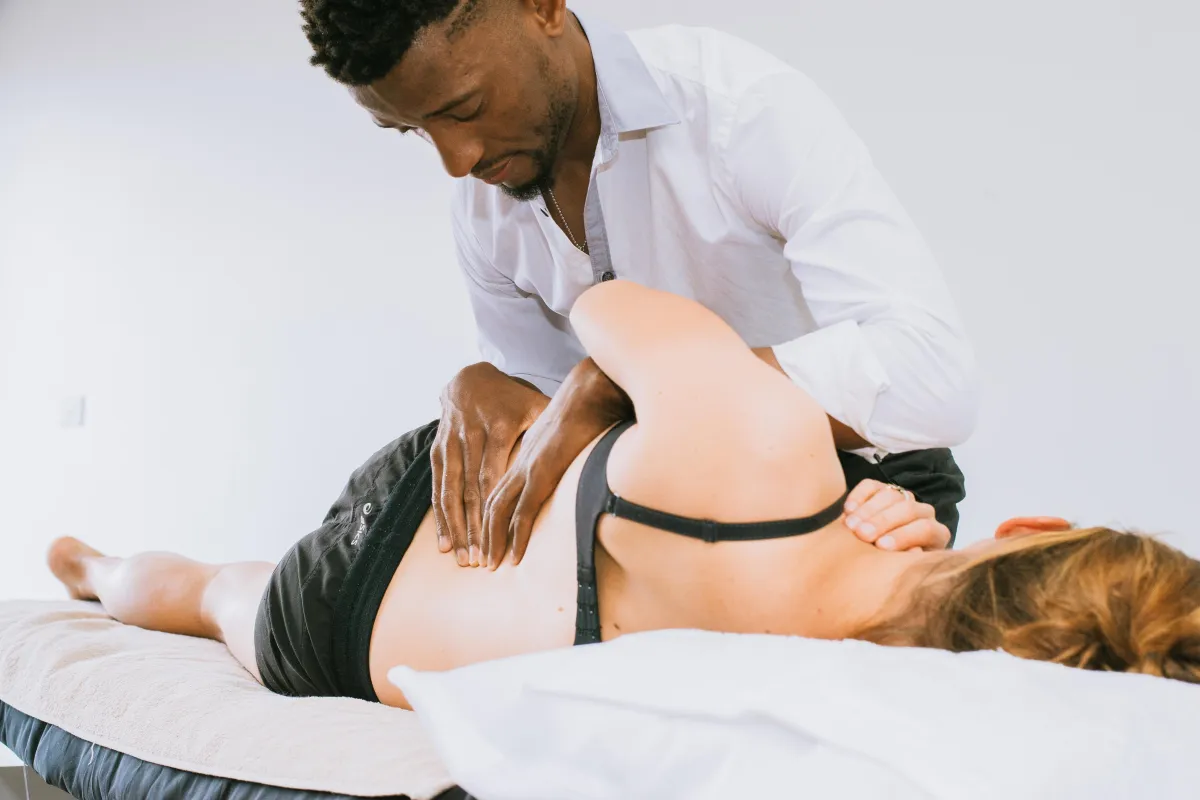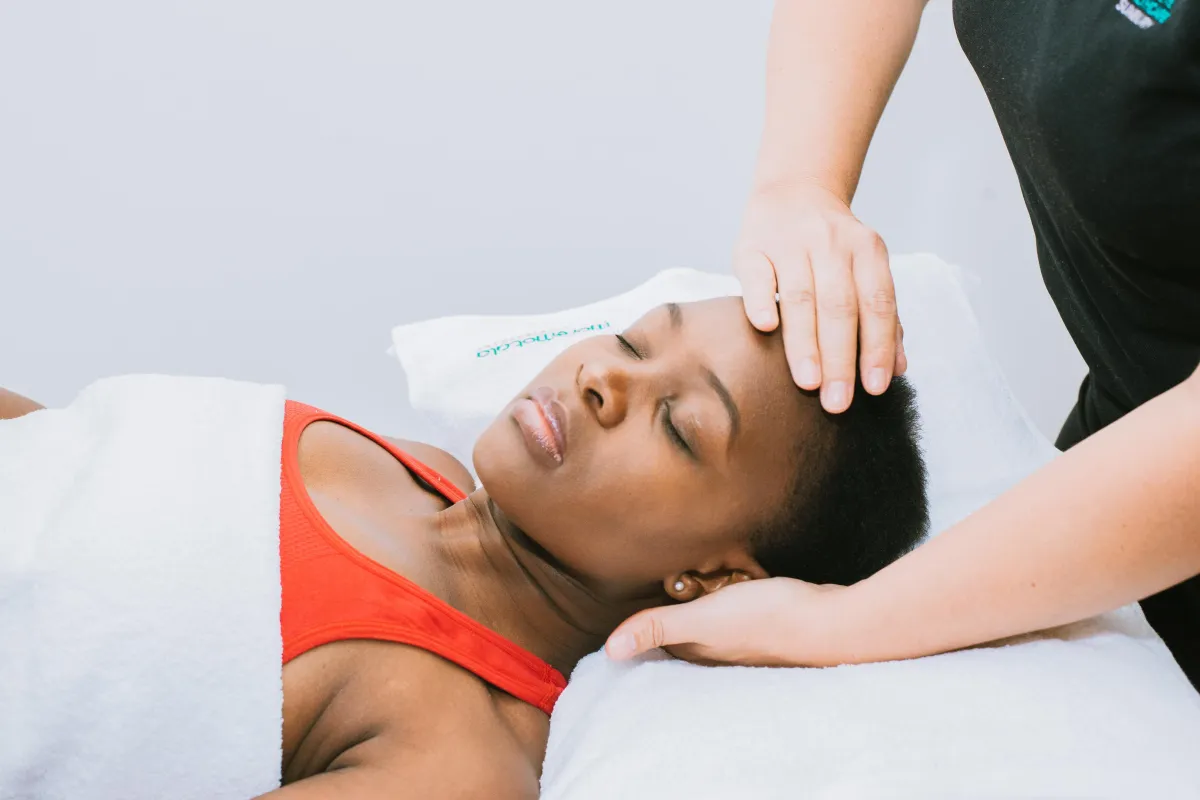

Supporting your body’s natural healing
Gentle, evidence-informed osteopathic care for musculoskeletal pain, tension, and mobility concerns.
Osteoapathy is a healthcare model that is over a century old and bases its principles and philosophy on health. As the very first Osteopath said, "It is the object of a physician to find health. Anyone can find disease."
What is Osteopathy?
A form of healthcare model that aims to improve the body’s physiological function and/or support its homeostasis that may have been changed by the insults placed on it. Osteopathic philosophy organised the knowledge of anatomy and physiology in relation to health of the body (the physical, mental, emotional, spiritual). With a patient-centered focus, Osteopathy utilizes health-oriented principles to patient care to diagnose and treat patients using manual therapy techniques. Osteopathic care is of caring nature with great attention paid to the needs of the patient.


Osteopathic Principles
Osteopathy embraces the unity of the living organism's structure (anatomy) and its function (physiology). The following are the principles that define Osteopathy:
1. The body is a unit
2.The body possess self-regulatory mechanisms that are self-healing in nature.
3.Structure and function are interrelated
4.Rationale treatment is based on these principles.
Osteopathic Treatment Model
The Educational Council on Osteopathic Principles of the America Association of Colleges of Osteopathic Medicine combined the ten basic body functions, as described in physiology texts, into 'five integrative and coordinated body functions and coping strategies' that the body uses to adapt to changes or circumstances placed on it. These five models are the lens through which an osteopath views their patients. They help an osteopath formulate the diagnosis and treatment plan.
1. Biomechanical Model - Posture, mobility, fundamental structural and biomechanical reliability.
2. Respiratory-Circulatory - Breathing, blood circulation, venous and lymphatic drainage.
3. Metabolic - Hormone mediated, immune-regulatory nutritional processes.
4. Neurological - Control, coordination, integration of body functions. Protective mechanisms.
5. Behavioral - Psychological and social activities including habits, attitudes, beliefs.
Osteopathic manipulative treatment can affect the five body's functions and also help the patient's body adapt to their internal and external stressors. By correcting the musculoskeletal system, the body systems can in turn in harmonious unity to find the health within the body.
History of Osteopathy
The first Osteopath Dr Andrew Taylor Still, MD, DO, wanted to improve medical practices of his time which he was convinced were inadequate to patient care. He developed a system of diagnosis and treatment which emphasised on the physical, mental and spiritual body. This included behavioral activities and habits like avoidance of harmful substances drugs and alcohol. He believed the body, "the material house in which the spirit dwells," contained natural inherent remedies which could be facilitated by adjusting the body "in such a manner that the remedies naturally associate themselves together....and relieve the afflicted."
In 1874, he coined the term Osteopathy which is of Greek origins. Osteon meaning bone and pathos meaning suffering. Dr Still believed, humans were made to perfection and thus were made to be healthy. He dissected and studied cadavers to test his philosophy and deepen his understanding of the human body and its structure. In his research, he learnt that the human body is perfect in its structure and function. Therefore, concluding that, it is not a physician who cures the disease. The physician corrects the structural abnormalities and then the body heals itself.
Osteopathy has been practiced in Australia for over a century. Osteopaths today continue to use their hands to diagnose and treat patients. They use traditional osteopathic and modern scientific philosophies in their approach to patient care.

Our Patients
Osteopaths treat the body's systems to facilitate its natural inherent self-healing mechanisms. Rather than focusing on the symptoms, osteopaths take the whole person approach with emphasis on the overall wellbeing of the patient. They do so by eliciting the cause of patient's presenting symptoms.
Common conditions that patients normally see an osteopath for include sporting injuries, spinal, muscle and joint pain, headaches/jaw pain, postural problems due to pregnancy, driving, work ergonomics.
Osteopathic manipulative treatment techniques are suitable for patients of all ages. Great attention is paid to the needs of the individual patient to provide the best possible outcomes for the patient.